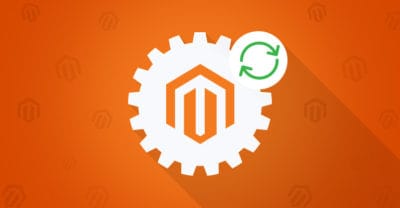
Magento’s Most Recent Platform Update

Recently, Adobe announced their last Mid-Quarter Release (MQR) for 2020 that include enhancements you need to know. Keep scrolling to check out important Magento Commerce updates and features.
NEW MAGENTO COMMERCE FEATURES AND UPDATES INCLUDED IN THIS MQR:
- Product Recommendations Expansion: As a way to deliver more Adobe Sensei value to merchants, Magento has added Visual Similarity to their product recommendations portfolio. Visual Similarity finds products that are visually similar to what shoppers are viewing on their screen by using computer vision. This update helps drive wider catalog exposure, especially to items that have high discoverability needs in a large catalog. To further create even better recommendation experiences, make sure to check out Catalog Sync and Inclusion/Exclusion Filters.
- Magento Business Intelligence Enhancements: Focusing on multiple areas of your business, Adobe’s Business Intelligence released four new dashboards (Business Intelligence v3.0). Executive and Customer Level dashboards provides an overview and better understanding of your business. Then, the Order and Product Level dashboards dive deeper to give a more definitive understanding of the health of your business. Lastly, Adobe introduced Heat Maps as a new visualization feature. Heat Maps allows you to see across multiple dimensions at once. For more information about Business Intelligence, you can check out Adobe’s Tips & Tricks video on Business Intelligence and Marketing Analysis or contact one of our team members.
- Managed Alerts: By monitoring 200 metrics, you can proactively track your performance on the Magneto platform, take steps to resolve site performance issues and avoid downtime. In Adobe’s last launch, you may have noticed that they supported four different categories of alerts — CPU, APDEX, disk and memory. Now in this update, they have added two new categories: Redis memory and Maria DB alerts. If you would like to stay up to date with these categories, sign up for Managed Alerts notifications by logging into your New Relic dashboard.
For more information or help understanding these updates or improving your webstore, please feel free to reach out to our team at InteractOne at any time.




















